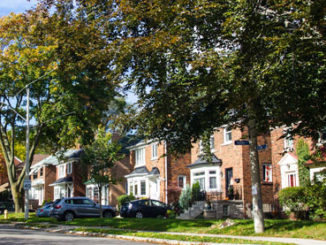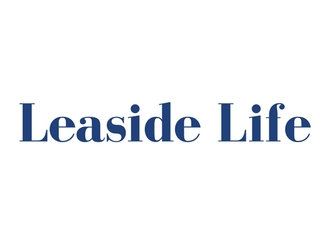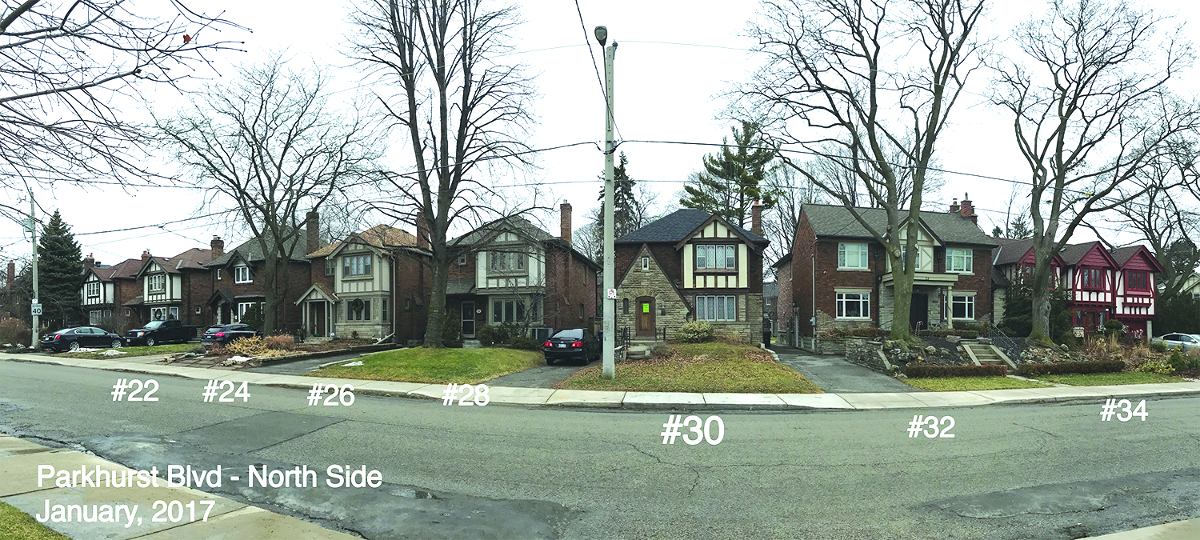 Last month my column was partly devoted to an update on Eglinton Connects, the plan for intensified land use for the Eglinton corridor.
Last month my column was partly devoted to an update on Eglinton Connects, the plan for intensified land use for the Eglinton corridor.
This month we look at progress (or rather the lack of progress), on the surface transportation realignment of the avenue.
Eglinton Connects is a once-in-a-generation opportunity to fight congestion and make Eglinton a safe, complete street for all users – pedestrians, bicyclists, transit users, and motorists of all ages and abilities.
The plans are also intended to make Eglinton a green and beautiful street.
The street designs for Eglinton Connects were worked out in meticulous detail through a community consultation process that took into account the needs of all of Eglinton’s users, and then unanimously approved by city council in 2014. Here are the main aspects of the plan.
- The people-moving capacity of the avenue will be dramatically increased. The LRT can carry up to 15,000 people per hour per direction – the car lanes top out at 2,000.
- Eglinton is not going down “from five to three lanes” as is sometimes claimed. Most of Eglinton has from two to four rush hour lanes with one or two rush hour bus/taxi lanes (which are for parking the rest of the time).
The new plans have four rush hour full traffic lanes over most of Eglinton. In many places this is an increase in auto lanes over what exists today, and with many fewer buses on the street.
- Fully separated bike lanes for the entire length of Eglinton – from Jane St. to Kennedy.
- Wider sidewalks with treed separation between sidewalks and bike lanes.
The bike lanes are the really ground-breaking aspect of the plan. Build it and they will come.
Separated lanes for cyclists will attract riders of all ages. Think how many schools there are within a baseball throw of Eglinton.
While approved plans are in place, the funding to implement these street design changes is not yet in place. The federal Liberals’ new infrastructure stimulus fund, which was unveiled during their recent budget announcement, provides a one-time opportunity to do the job and ensure the funding is available so that the street improvements are coordinated with the opening of the LRT in 2020-21.
Otherwise we will have improved the ride only for underground transit users, and not for pedestrians, cyclists and drivers.





